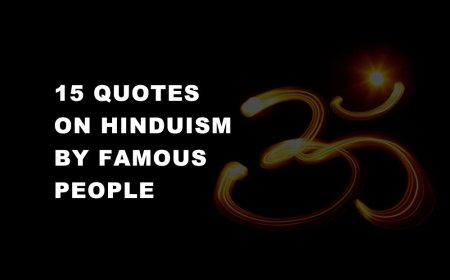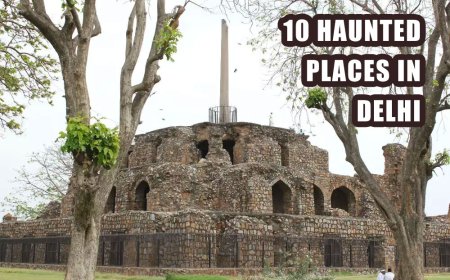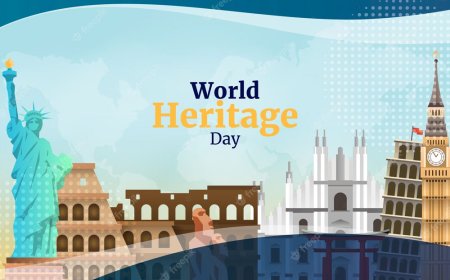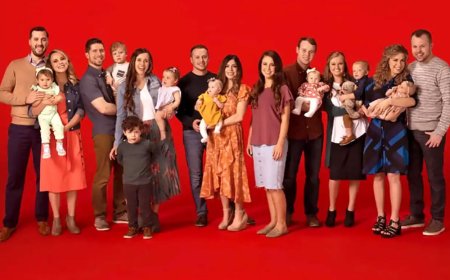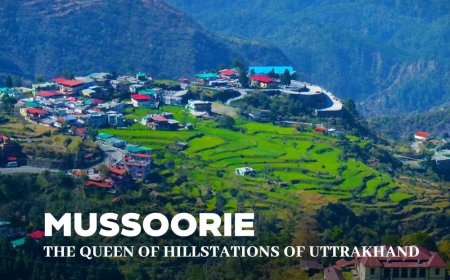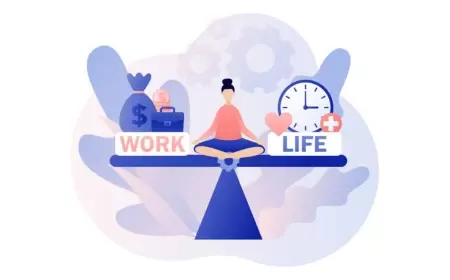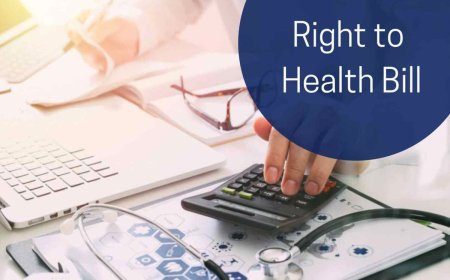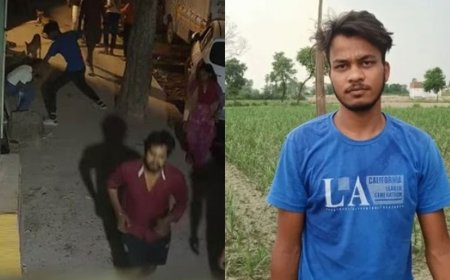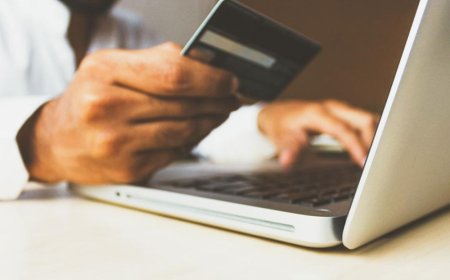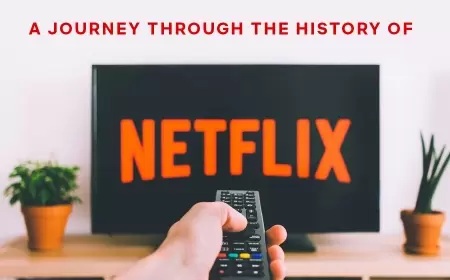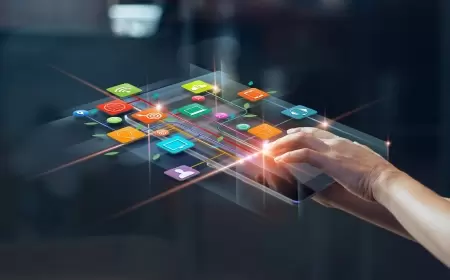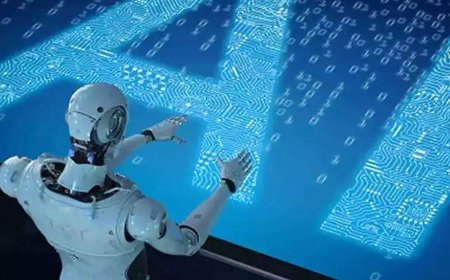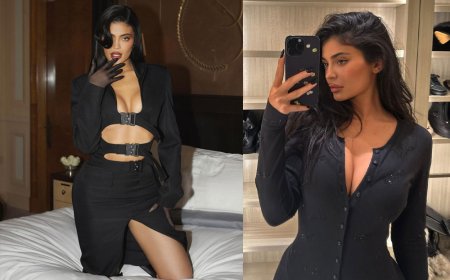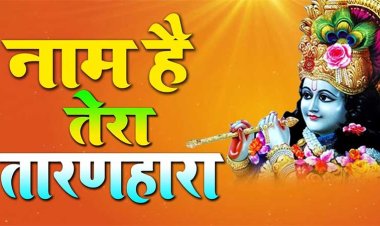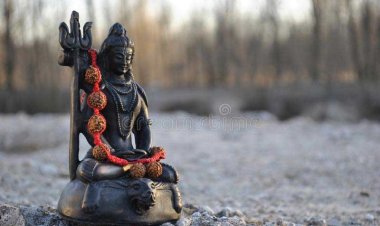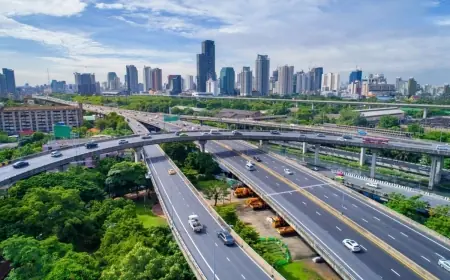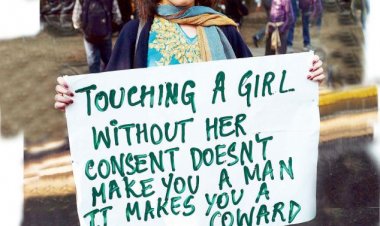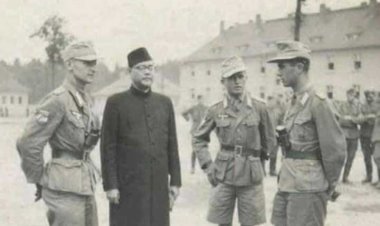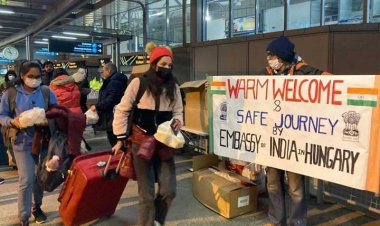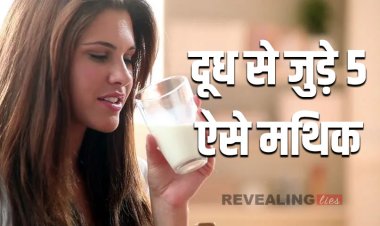10 Most Interesting Facts About The Kumbh Mela
Devotees partake in Kumbh Mela in order to achieve moksha, which is another word for liberation from the never-ending cycle of life and death. Here are 10 most important facts about the same

With Hinduism being the most widely practiced religion in the country, India is known around the world for devoting unmatched value to belief and religion. The Kumbh Mela, which begins on January 15 and ends until March 4, 2019, is the most significant religious event for Hindus. It is held once every three years in the sacred sites of Ujjain, Nashik, Haridwar, and Allahabad and is the largest fair in the world. Hindu pilgrims assemble in Allahabad to take a dip at the Sangam with the goal of cleaning their bodies and minds. The holy Sangam is where the pious streams Ganga, Yamuna, and Saraswati mix into one.
1. The Biggest Gathering
The Kumbh Mela, one of the biggest holy social occasions in Hinduism, attracts more than 70 million people from all over the world. They come here in order to achieve moksha, which is another word for liberation from the never-ending cycle of life and death.
2. The sweet Nectar of Immortality
The word "Kumbh" often alludes to nectar, and the legend around this Mela transports you back to a time when gods used to reside on Earth. However, the asuras (demons) brought about turmoil on the earth and rendered them helpless due to Durvasa's curse.
3. The Chase
Lord Brahma instructed them to use asuras to churn out the nectar of immortality. Asuras were unhappy with this plan because it was determined not to share the nectar with them, therefore they pursued them for 12 years. Some of the nectar dropped during this pursuit at the four locations mentioned above.
4. Various Venues
The Kumbh Mela occurs at Ujjain, Nashik, Haridwar, and Allahabad, each of which hosts it regularly. Every six years or so, Haridwar and Allahabad (Prayag) host the Ardha Kumbh Mela; every twelve years, Allahabad (Prayag) hosts the Purna Kumbh Mela; and every 144 years, Allahabad (Prayag) hosts the Maha Kumbh Mela.
5. The Devotion of Bhakts
The Kumbh Mela is gone to by pilgrims along with sadhus. The naga sadhus participate in this celebration and they are naked.
6. The Practice of Kumbh Mela
Bathing on the banks of a sacred river, such as the Ganga in Haridwar, the Sangam in Allahabad, the Kshipra in Ujjain, or the Godavari in Nashik, is a crucial part of the Kumbh Mela ritual.
7. The Nagas and Aghoris of Kumbh Mela
The Kumbh Mela is said to occur every twelve years because it represents the twelve days and twelve nights of the fight between the Gods and the Demons. One night in paradise is equated to one year on earth at some time.
8. The Gift of Elixir
It is claimed that during the Samudra Manthan, a few droplets of the elixir landed on these four locations on Earth, endowing the water of the streams flowing at these locations with remarkable powers. They have evolved into the Kumbh Mela's current settings.
9. The Correct Time
When the Sun enters Aries and Jupiter enters Aquarius, the Mela is structured according to the positions of several planets and stars. A few years have particular relevance since these posts are frequently filled after lengthy intervals.
10. Godly Confluence
The most contentious location for the Kumbh Mela is said to be Allahabad or Prayag. It is revered as the site of the first sacrifice that Lord Brahma offered after creating the cosmos since it is where the three holy streams converge to form the celestial Sangam.
What's Your Reaction?





















